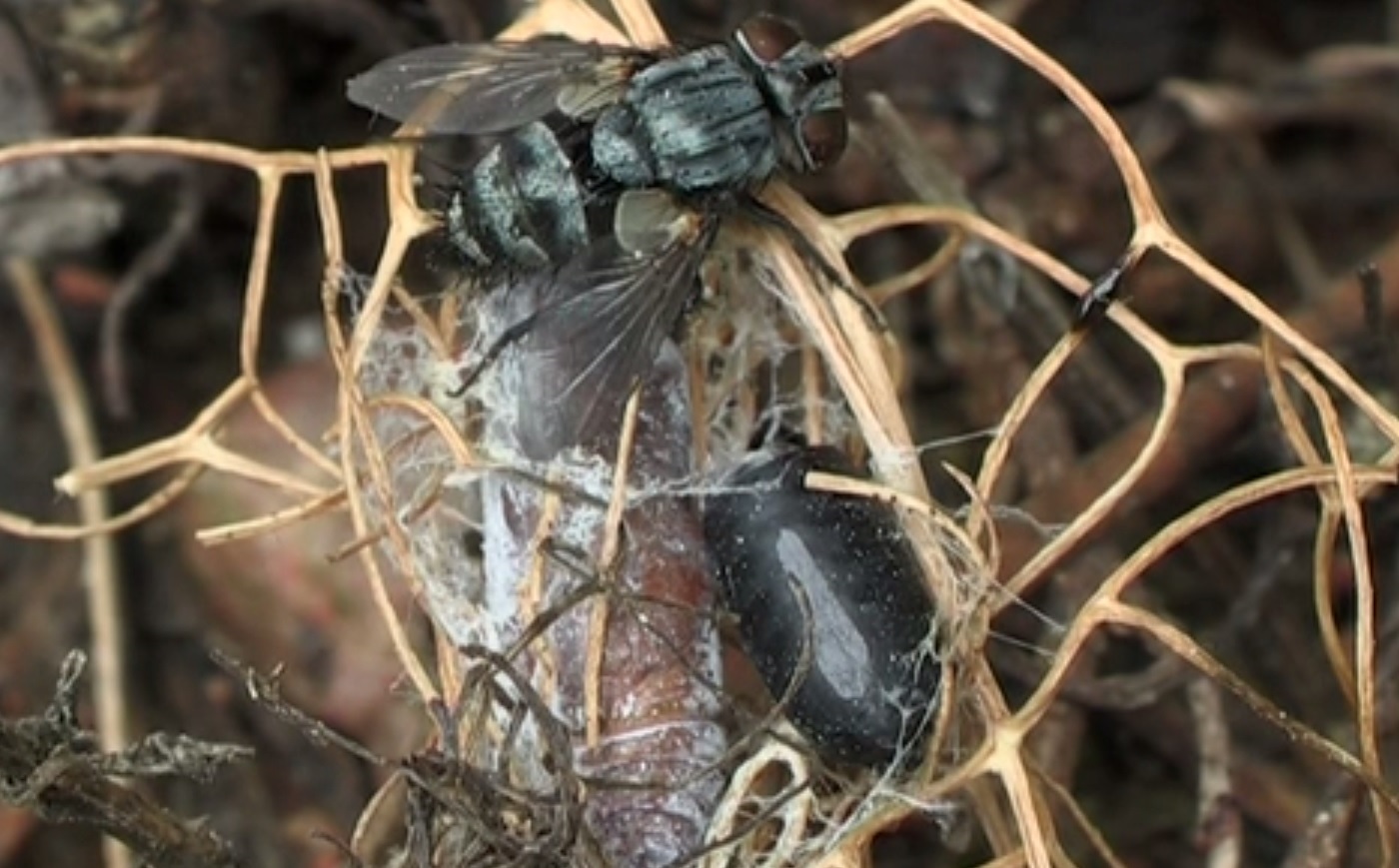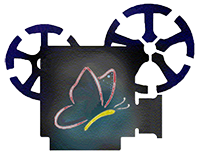

The Mallow Skipper (Carcharodus alceae)
The Grisette (Carcharodus alceae Esper, 1780) is common in Provence and flies in 4 generations from the beginning of March to the end of September. It frequents dry lawns, flowering meadows, agricultural wastelands, embankments and gardens from sea level to 2000m. Territorial males perch on low plants while waiting for the passage of a female and pursue other small butterflies of a very fast flight, then return to their position. Males and females are alike. Once fertilized, the female lays her eggs singly on the leaf, stem or calyx of a hollyhock (Alcea rosea ), the host plant from which she takes her name Carcharodus alceae. Several eggs can be laid on the same plant. The female palpates the plant with the end of its antennae to identify it before attaching an egg. Mallow Mallow (Malva sylvestris ) and mallow with small flowers (Malva parviflora) are also hosts of Grisette in the South. The caterpillar create a shelter on the leaf. Despite their shelter, young caterpillars may be parasitized by different parasitoids. The caterpillar hibernates at the foot of the host plant.
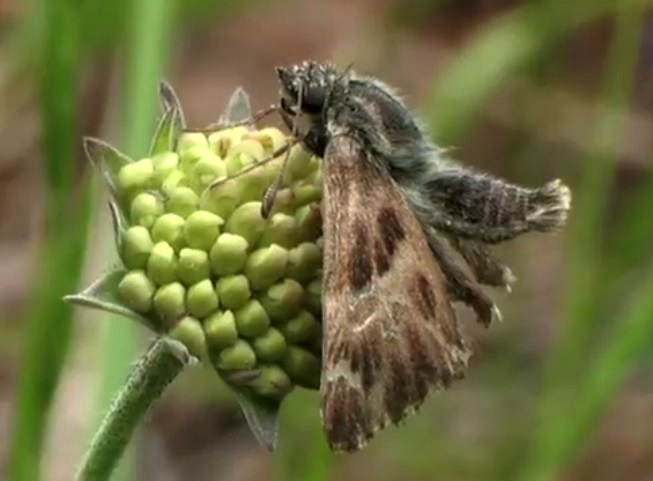
The parasitoid Hyposoter ebeninus (Gravenhorst, 1829) (Hymenpotera: Ichneumonoidea) can parasitize the caterpillars of different butterfly species from the familie Pieridae (Pieris brassicae, Euchloe crameri) and Carcharodus alceae. Only one egg is laid inside the body of the caterpillar. Before hatching the parasitoid larva mummifies the body and will become a pupa inside.
Identified by Dr. Mark R. Shaw
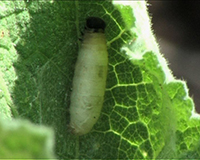
The parasitoid wasp Cotesia glabrata (Telenga, 1955) (Hymenpotera: Ichneumonoidea) is a well known of Carcharodus alceae and C. tripolina. The female of Cotesia glabrata can lay up to 40 eggs in one caterpillar.
Identified by Dr. Mark R. Shaw
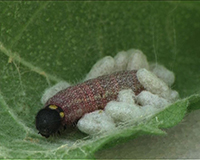
The parasitoid wasp Elsmus viridiceps (Thomson, 1878) of 2-3 mm in size (Hymenpotera: Chalcidoidea), parasitizes the young caterpillars (instar 1 or 2) of The Mallow Skipper (Carcharodus alceae Esper, 1780). The larvae of Elasmus viridiceps develops outside body of the caterpillar (ectoparasitoid), and prevents further development of its host (idiobiont). Depending of the size of the caterpillar one or two eggs are layed on the caterpillar. After three to four days the larva becomes a dark brown pupa, from which after two days an adult emerge. The parasitized Mallow Skipper caterpillars were found on Common Hollyhock (Alcea rosea).
Elasmus viridiceps is polyphagous and is well-known from a large number of different Lepidoptera hosts: Coleophora caespititiella, C. fuscedinella (Coleophoridae); Exoteleia dodecella (Gelechiidae); Caloptilia stigmatella (Gracillariidae); Earias chlorana (Noctuidae); Adoxophyes orana, Pandemis heparana, Rhopobota naevana, Sparganothis pilleriana (Tortricidae) [Universal Chalcidoidea Database]
Identifié par Dr. Richard Askew
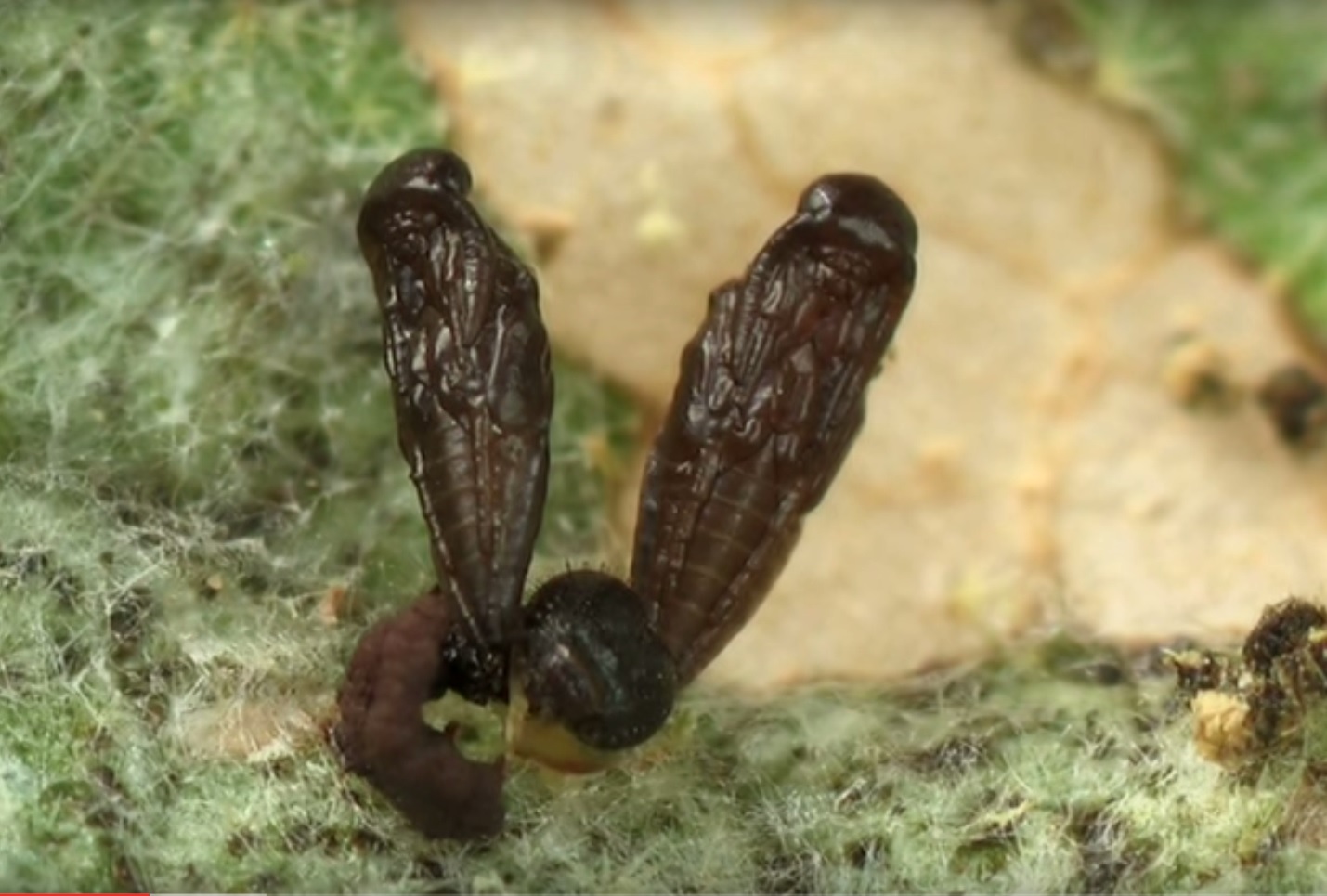
Thecocarcelia trichops (Herting, 1967) (Diptera) is a rare tachinid, only known from the genus Carchrodus. Little is known about the biology of this parasitoid. In September 2012 a puparium was reared from a chrysalis of the Mallow Skipper (Carcharodus alceae), on 28 September an female tachinid emerged. In 2013 and 2014 more T. trichos adults where reared from Mallow Skipper chrysalises, and on two different occasions a female was observed parasitizing small caterpillars by inserting its telescopic ovipositor into the shelter of the caterpillar.
Identified by Dr. Hans-Peter Tschorsnig
